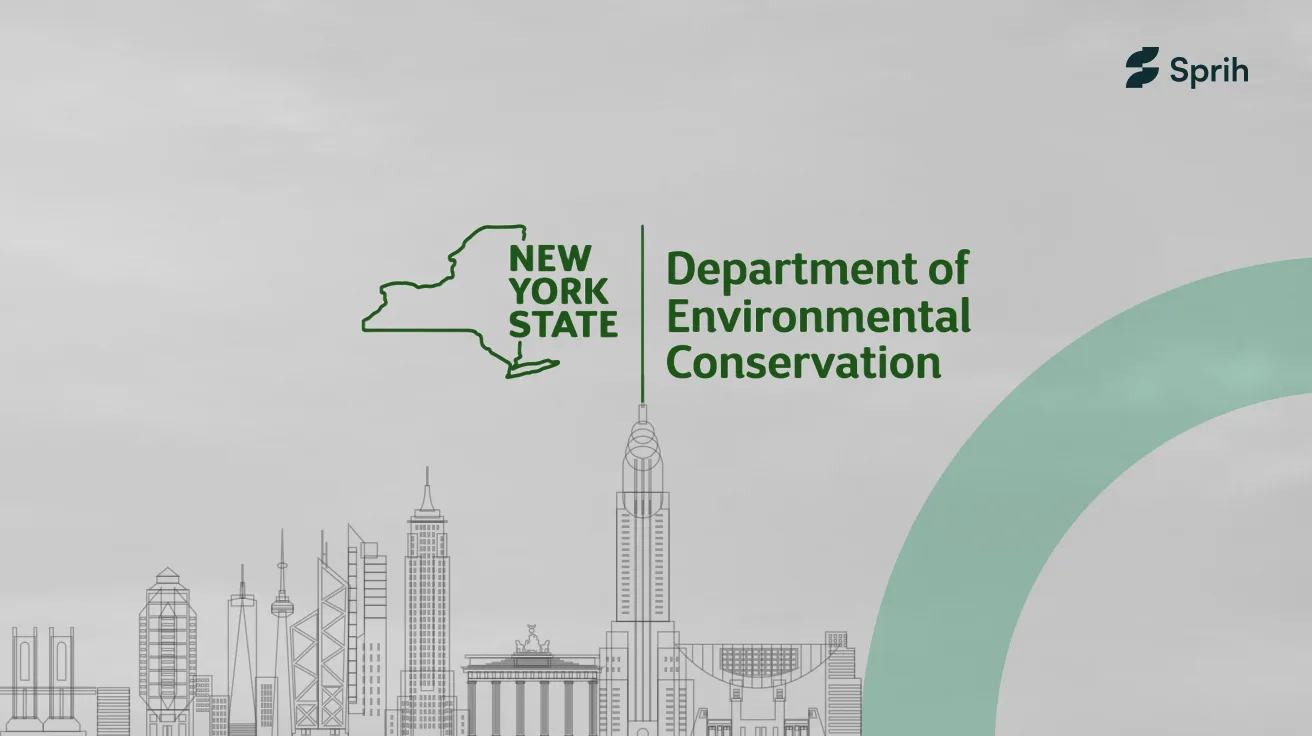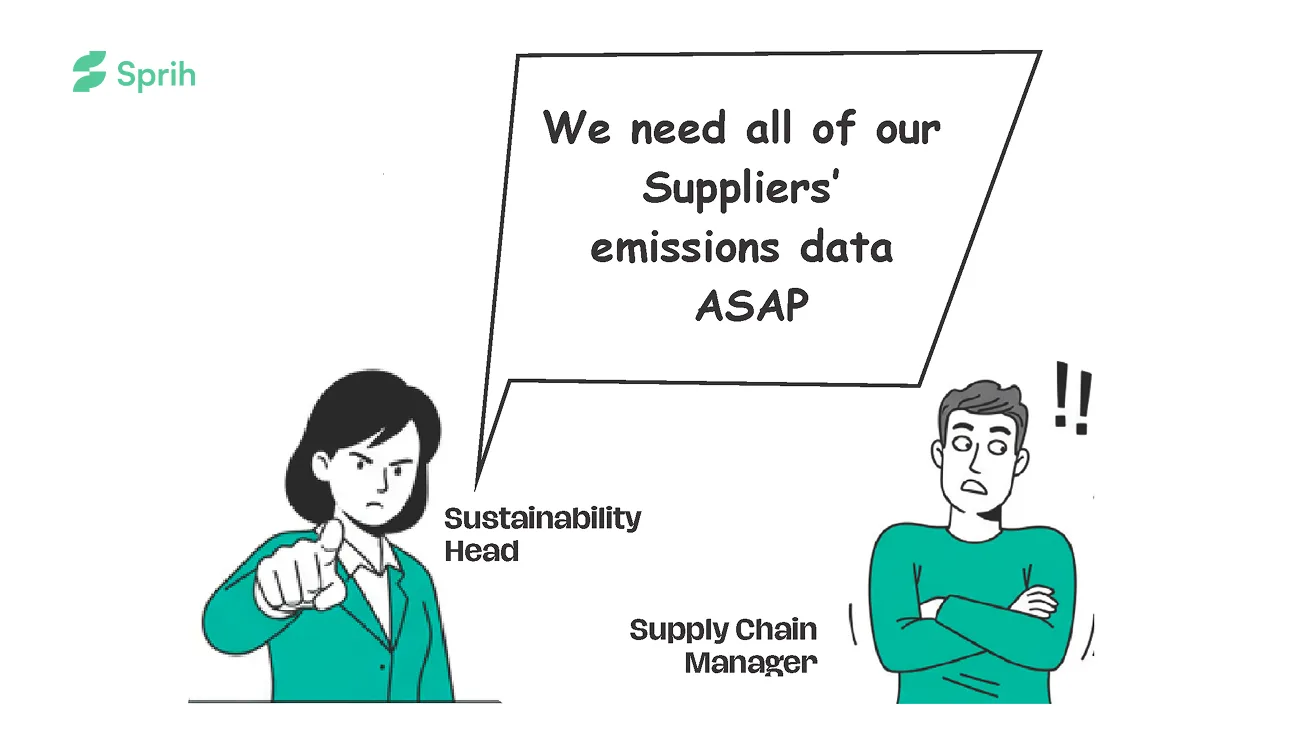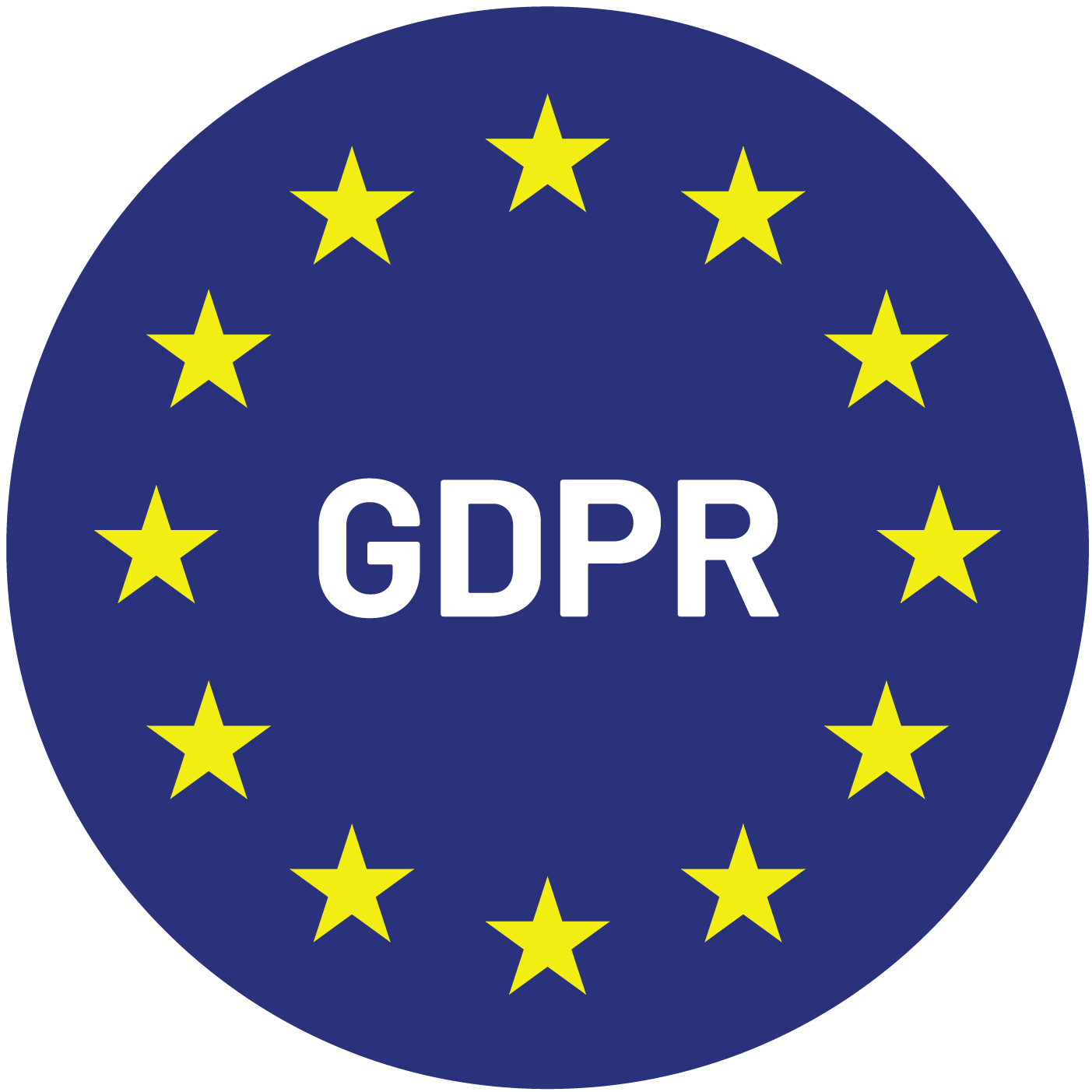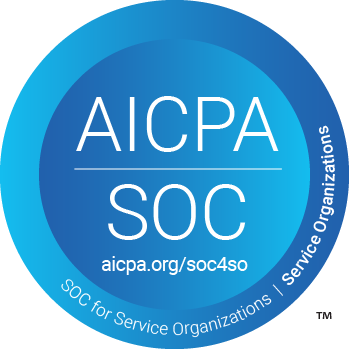Introduction: The New Climate Reality for Big Business
California has positioned itself as the de facto standard-setter for corporate climate accountability in the U.S. With the passage of SB 253 and SB 261, the state isn’t just nudging companies toward transparency—it’s mandating it, with financial penalties, public disclosures, and audit-grade rigor.
For large corporations, especially those operating nationally or globally, this isn’t just a compliance update. It’s a shift in how environmental data is treated—moving from optional sustainability storytelling to regulated, investor-grade reporting that touches finance, operations, legal, procurement, and brand.
In this post, we’ll explore the California climate laws impact — what SB 253 and SB 261 mean for large enterprises, their national implications, and how corporate leaders should approach risk, readiness, and long-term value creation in this new regulatory environment.
The Two Laws in Focus: SB 253 and SB 261
California’s climate disclosure package comprises two core laws:
- SB 253 (Climate Corporate Data Accountability Act):
Requires large companies (> $1B in annual revenue) doing business in California to disclose their Scope 1, 2, and 3 greenhouse gas emissions annually. Scope 1 and 2 must be third-party assured starting 2026, with Scope 3 phased in by 2030.
- SB 261 (Climate-Related Financial Risk Act):
Applies to companies with > $500M in annual revenue. Requires biennial disclosures on climate-related financial risks and strategies to mitigate them, aligned with the TCFD framework (or IFRS S2 equivalent).
Together, these two laws are reshaping what corporate transparency means—not just about emissions, but about governance, resilience, and accountability.
Why This Matters for Large Corporations
1. Scale and Applicability Go Beyond California
Both SB 253 and SB 261 apply to companies “doing business in California,” not just those headquartered in the state. That includes:
- National brands with California sales, customers, or facilities
- Foreign companies selling into California or with subsidiaries operating in the state
- Private companies (not just publicly traded ones)
This effectively sets a new national baseline. If you meet the revenue thresholds and do business in the state—even digitally—you’re in scope.
What’s different here is the lack of escape routes. The EU’s CSRD applies mostly to European-based or large multinationals. The SEC’s rule targets public companies. But California’s rules close the gap, pulling private and global actors into the regulatory fold.
2. Climate Reporting Becomes a Cross-Functional Mandate
Historically, ESG or sustainability teams may have led emissions tracking or climate risk narratives. That’s no longer sufficient. SB 253 and SB 261 require:
- Finance and audit teams to validate data and support third-party assurance
- Legal and compliance teams to track multi-jurisdictional requirements
- Operations and supply chain leaders to provide activity-level data
- Risk teams to assess physical, transition, and liability exposures
This creates an integrated reporting need that mirrors what companies do for financial disclosures—only now, it includes GHG inventories, climate risk maps, and mitigation strategies.
3. Emissions Data Must Be Audit-Ready
SB 253 transforms emissions data into a regulated disclosure. The law doesn’t just ask for carbon totals. It demands traceable, verifiable records that can stand up to limited and eventually reasonable assurance.
For large corporations, this means:
- Digitizing emissions data collection—across utilities, fleet, travel, facilities, vendors
- Establishing clear data ownership and accountability
- Creating an audit trail from source documents to GHG calculations
- Selecting and working with qualified assurance providers
In effect, carbon accounting is entering the same territory as financial accounting. That’s a cultural and operational shift many companies are still preparing for.
4. Scope 3 Isn’t Optional Anymore
Scope 3—emissions from suppliers, partners, logistics, product use—is where most companies have the least control but the most impact.
SB 253 includes Scope 3 from day one (2026 filings), even if third-party assurance only begins in 2030. This has two consequences:
- Supply chain engagement becomes essential: Companies must ask suppliers for data, provide tools or platforms to collect it, and establish boundaries for estimation vs. actuals.
- Data gaps are no longer defensible: “We couldn’t get the data” won’t fly in the eyes of regulators or investors.
Large corporations need to invest now in Scope 3 maturity—building scalable, repeatable processes for emissions modeling and data validation across their ecosystem.
5. Climate Risk Must Be Quantified and Disclosed
SB 261 brings climate risk into the boardroom with teeth. Using the TCFD structure, companies must analyze:
- Physical risks (wildfires, floods, extreme heat)
- Transition risks (regulatory, market, technological)
- Governance and strategy responses to these risks
For large corporations, this requires integrating climate scenarios into financial planning, not just sustainability reporting.
If your risk register doesn’t already include carbon pricing scenarios, stranded asset risk, or supply chain climate disruptions, SB 261 will force that evolution.
6. Reputational and Legal Stakes Are Rising
These disclosures are public. They’re posted online and available to investors, customers, NGOs, and regulators.
If your reports are vague, inconsistent, or absent, it signals weakness—whether in governance, risk planning, or execution.
Penalties for non-compliance can reach $500,000 under SB 253 and $50,000 under SB 261, but the bigger cost is reputational. Stakeholders now expect environmental transparency at the same level of rigor as financials.
Strategic Implications for Executive Teams
Compliance Alone Isn’t Enough
Meeting the minimum legal requirement may keep you out of trouble, but it won’t unlock value. Forward-looking companies are:
- Using climate data to inform capital allocation and M&A decisions
- Building internal carbon pricing mechanisms to prepare for future regulation
- Shaping climate transition plans that guide operations, finance, and investor strategy
ESG Moves from Periphery to Core
These laws shift ESG from a side function to a board-level issue. Climate risks and carbon disclosures now shape access to capital, insurance premiums, and license to operate.
If your executive team isn’t climate-literate and aligned on this shift, you’ll lose ground—especially as California’s laws influence other states and even federal policy.
Technology and Tools Are Non-Negotiable
Large corporations can’t meet these requirements with spreadsheets. They need:
- Automated data pipelines across business units and geographies
- Assurance-ready platforms with audit trails and workflow governance
- Modular frameworks that align with multiple standards (SB 253, SB 261, CSRD, SEC)
The tools you choose now will shape your reporting capabilities for the next decade.
The Bigger Picture: California Is Setting the Floor, Not the Ceiling
SB 253 and SB 261 are part of a broader pattern. Regulators worldwide are moving toward integrated, enforced climate disclosures. California just got there faster.
What happens in California tends to ripple outward. Companies that comply here will be better prepared for:
- CSRD in Europe
- SEC rules in the U.S.
- Voluntary standards like ISSB, SBTi, and CDP
That means California is no longer just a market—it’s a proving ground for global climate accountability.
Final Thought: Don’t Wait for the Deadline
Many large corporations treat climate laws as a future problem. But compliance timelines are tight, internal coordination takes time, and investor scrutiny is already here.
Whether you’re preparing for SB 253 emissions disclosures or SB 261 climate risk analysis, the right time to act is now. This isn’t just about regulation—it’s about resilience, strategy, and long-term value.
FAQs
What are SB 253 and SB 261 and how do they affect large corporations?
SB 253 requires companies with over US $1 billion in revenue doing business in California to publicly disclose Scope 1, Scope 2, and Scope 3 greenhouse gas emissions annually; SB 261 mandates companies with over US $500 million in revenue operating in California to publish biennial climate-related financial risk reports aligned with the TCFD framework.
How does “doing business in California” expand the scope of these laws beyond the state?
Both laws apply not just to California-based firms, but to any public or private company—even foreign ones—if they meet the revenue thresholds and operate in California (e.g. through sales, facilities or subsidiaries), effectively turning California into a national compliance hub.
Why must emissions data be audit‑ready under these laws?
SB 253 transforms emissions reporting into a regulated disclosure akin to financial reporting: corporations must digitize data collection, trace all activity from source documents to calculations, and meet third‑party assurance standards—first limited and later reasonable.
What makes Scope 3 emissions so critical under SB 253?
Scope 3 emissions—from suppliers, logistics, product use, and more—are often the largest part of a company’s carbon footprint. SB 253 requires reporting on Scope 3 starting in 2027, pushing corporations to engage their supply chains and ensure data accuracy.
How does SB 261 differ in focus and structure from SB 253?
While SB 253 addresses a company’s environmental impact via emissions, SB 261 focuses on how climate change (physical and transition risks) impacts the company financially. Reports must follow TCFD and include governance, risk management strategies, and metrics.
What are the reputational and financial consequences for non‑compliance?
Failing to file or submitting inadequate disclosures can trigger penalties—up to US $500,000 annually under SB 253 and up to US $50,000 under SB 261. More significantly, vague or missing reports can erode stakeholder trust and damage brand credibility.
What operational changes must companies make to comply in time?
Large corporations must break down silos—engaging finance, legal, operations, supply chain, and risk teams. They need systems for audit-ready data, supplier collaboration tools, internal governance, and cross-functional coordination to align with both emissions and financial risk reporting requirements.












